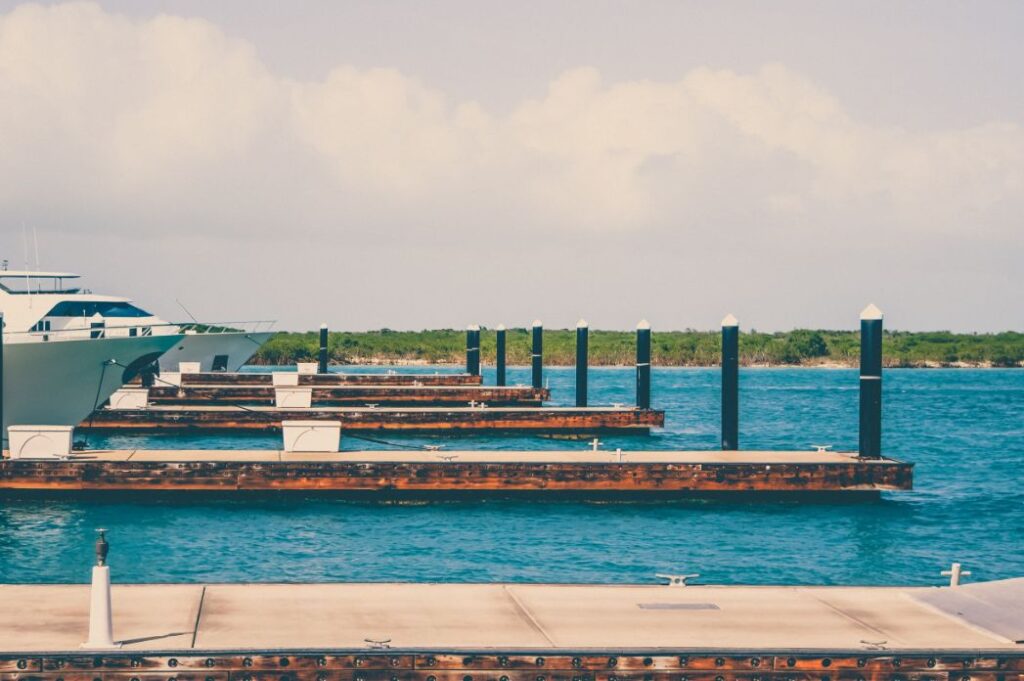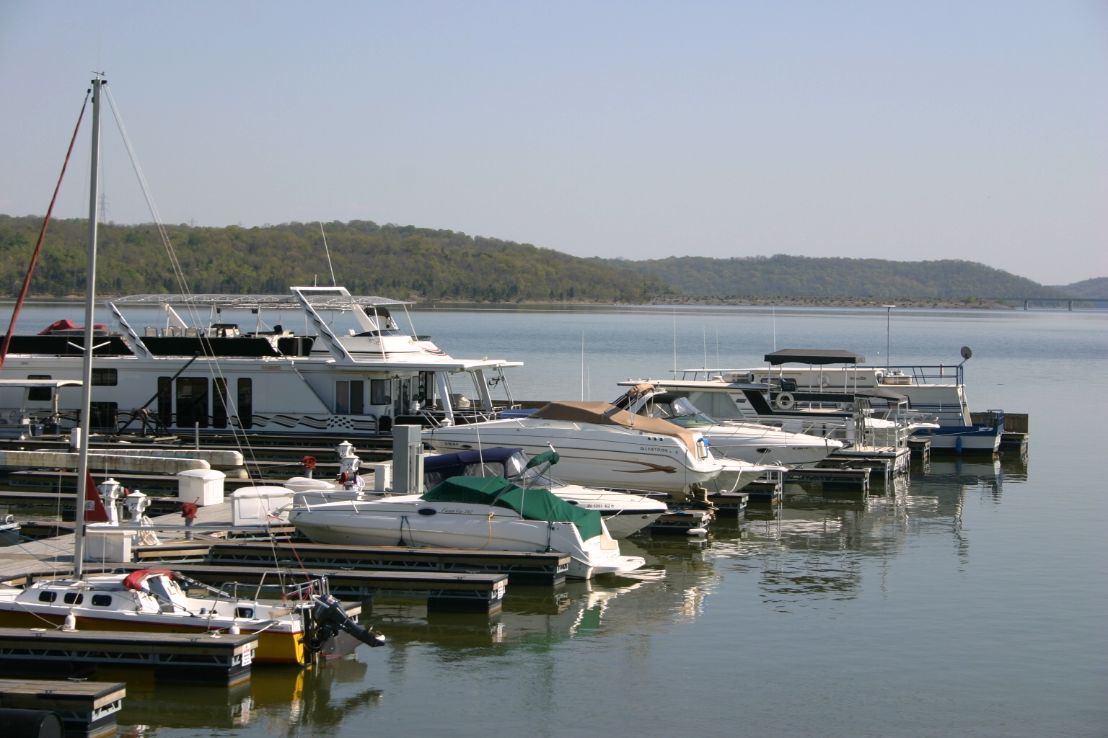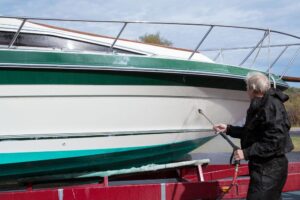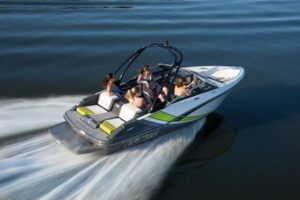If you’ve ever been on a boat or even just close to one, you’ve probably heard some nautical jargon that has left you wondering what it means. One of those terms is “boat slip,” which is sometimes used interchangeably with “boat dock” or even “marina,”, especially in the south. So what exactly is a boat slip? Boat slips have just one open end, meaning the boat “slips” into it. Please read this article to learn more about a boat slip.
What Is A Boat Slip?
A boat slip essentially serves as a dock’s parking area. Boat slips frequently have an F or U configuration to create a three-sided port with a single entry point. A boat can easily fit into this parking space, and you’ll frequently see several of them lined up in a row.
A boat slip has three walkways, with the third one in front of the boat, which is placed between the first two. A boat dock presents a completely different situation because the boat only has one side against the dock.
Marinas frequently contain boat slips. Because they take up less space, you can moor up more boats, and the dock slips help to protect the boat, keeping it much more secure than a dock.
There won’t be as many bumps and scrapes as there would be if the boat were positioned against a dockside if it is moored securely enough in the docking slip.
Differences Between A Slip And A Dock
Boat docks are more of a free-for-all location where anyone can park their boats, as was previously mentioned. When parking a boat, you must parallel park into the docking station, leaving three sides of the boat unobstructed.
A few docks with boat slips attached to them may also be found. To help you visualize this, imagine a boat dock with an area built in the shape of an F, T, L, or another similar shape. This area probably contains boat slips.
The equivalent of one parking space is a boat slip. Boat slips, as opposed to a dock, surround the boat on three sides, making it simple to pull into and requiring only one point of entry and exit.
Space
Because you can fit more boats in a row and the edges create a protective barrier between boats, boat slips are most frequently used in marinas and other public storage areas. Docks are common on private properties with just one boat as well as on large barges or cruise ships.
Ease Of Use

The simplicity of boarding and disembarking the boat after docking is another distinction between slips and docks. Boat docks may rock as you step in and out, whereas a boat slip has support on three sides and offers more stability.
Cost
You should also think about the price when choosing between a private dock and a boat slip. Docks are typically less expensive than boat slips because they require fewer pieces. It might be a great option if other boats are not occupying your space.
Design
There is only one end of each boat slip that is accessible to the water. In contrast, boat docks have three open sides. Boat slips and docks differ significantly in that the former are smaller and less open than the latter.
The parking spaces for boats that boat slips are kind of like. Docks are more open and may only have a single, large section in the shape of a t.
The former is preferred in marinas and other places for a number of factors. Boat slips, as opposed to traditional docks, primarily allow for the mooring of more vessels alongside a pier.
Additionally, boat slips provide a greater number of mooring points, creating a space that can hold the craft more securely.
Protection
Compared to boat docks, boat slips provide boats with greater protection from wave action. A boat is more securely moored when it is properly moored, which reduces the amount of additional grinding and bumping that could happen along the dock. The slips can lessen the impact of waves on the particular shore they protect.
The process of getting on the boat is safer with boat slips. During less-than-ideal water conditions, this feature is especially helpful. By covering the boat slip, you can effectively shield your vessel from bad weather conditions like storms and sun-induced fading over the long term.
How Do I Select The Best Boat Slip?
- Ease of docking: You require a boat slip with sufficient water for your draft that is simple to enter and exit. Water, power, and other connections ought to be easy to access.
- Water depth: The slip assigned may not be deep enough for your draft or keel after checking the current water depth. If you need to dock stern first or decide to do so, there must be enough water on the inside of the slip for your propellers to be clear. A long pole should be available to measure depth accurately.
- Dock height: In marinas with high fixed docks, it is simpler to exit the cockpit or step onto the side deck. Larger powerboats can easily disembark from the dock at marinas with floating docks. You might need to add a stool or ladder to the dock to lessen the height difference. The side deck is typically closer to the height of the floating dock with sail caddies, bowriders, and sailboats.
- Finger length: Depending on where the access point is located on your boat, this is a different factor to take into account. The length of the dock is less important than for those who step off to a low floating dock if you are boarding onto the aft deck/cockpit or through a side gate.
- Approach momentum: Idealistically, it is less stressful to dock on the approach side of the dock so that the fairway momentum brings you against the dock rather than pulling you away from the dock if you dock most of the time with no current or wind. When you dock in the direction of the prevailing wind, you are drawn toward the dock rather than away from it.
Final Words
A boat slip enables owners to secure their vessel from all sides, guarding against collisions that could result in scratches or other damage. On the other hand, if you are on a tight budget, you ought to think about a dock. They’re a fantastic option for boat owners who want additional protection for their craft, especially if you own multiple craft, live in a busy area, or anticipate receiving visitors.



